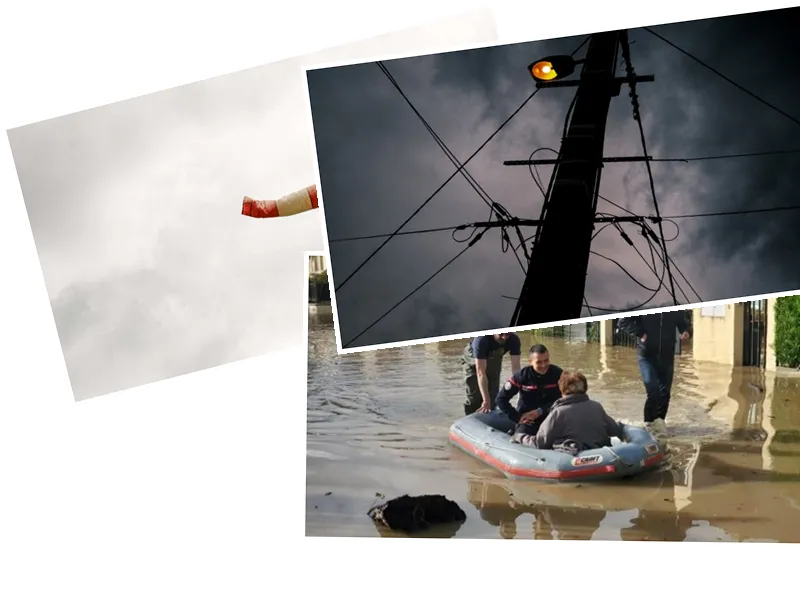The flooding in Prunay-en-Yvelines and Rhône highlights the increasing frequency and intensity of extreme weather events in France, raising concerns about climate change and its impact on local communities.
Local officials are emphasizing the importance of preparedness and rapid response in mitigating the effects of flooding, as seen in the activation of crisis units and evacuation plans.
The use of technology, such as drones, in monitoring flood situations showcases the evolving strategies employed by emergency services to ensure public safety.
If heavy rains continue, further evacuations may be necessary in both Yvelines and Rhône, potentially leading to more extensive damage to infrastructure and homes.
The ongoing recovery efforts will likely require significant resources and support from regional and national governments to assist affected residents.
Increased awareness and preparedness initiatives may emerge as communities seek to better equip themselves against future flooding events.
Severe Flooding Affects Southern Yvelines and Rhône
Recent heavy rains have caused significant flooding in southern Yvelines and the Rhône department, leading to the evacuation of residents and the disruption of daily life. In Prunay-en-Yvelines, approximately thirty residents were forced to leave their homes as the Perray stream overflowed, with local officials describing the situation as unprecedented. Gérard Pignant, the second deputy mayor, recounted how he used his tractor to rescue municipal employees trapped by rapidly rising waters. He noted that even fire brigade divers faced challenges due to the strong currents, highlighting the severity of the flooding.
In the Rhône department, particularly in Givors, the situation is equally dire. The town has been inundated, with many residents trapped in shops and schools. The Gier River has surpassed levels seen during the 2008 floods, prompting evacuations in the Cornets district. Local authorities have activated crisis units and opened accommodation centers to assist displaced residents. Firefighters are actively monitoring the situation, deploying drones to assess flooded areas and facilitate evacuations.
Community Response and Ongoing Challenges
As the floodwaters begin to recede in some areas, the aftermath of the flooding presents a daunting challenge for local communities. In La Celle-les-Bordes, near Rambouillet, the mayor reported that while water levels are decreasing, the damage to infrastructure, including roads and bridges, is significant. Residents are beginning the cleanup process, but the impact of the floods is expected to linger.
In Givors, the mayor has expressed concern over a potential second wave of rainfall, which could exacerbate the already critical situation. With schools and daycare centers closed across the region, officials urge residents to limit travel and seek higher ground to avoid rising waters. The Rhône remains under a red flood alert, with nearby departments also experiencing severe weather conditions.
Looking Ahead: Preparedness and Recovery
Local governments in both Yvelines and Rhône are taking proactive measures to ensure the safety of their residents. Prefectural orders have been issued to close schools in affected areas, and emergency response teams are on high alert. As the situation develops, officials are focused on coordinating evacuations and providing shelter to those in need. The community's resilience will be crucial in navigating the recovery process as they assess the damage and work towards rebuilding in the wake of this natural disaster.





